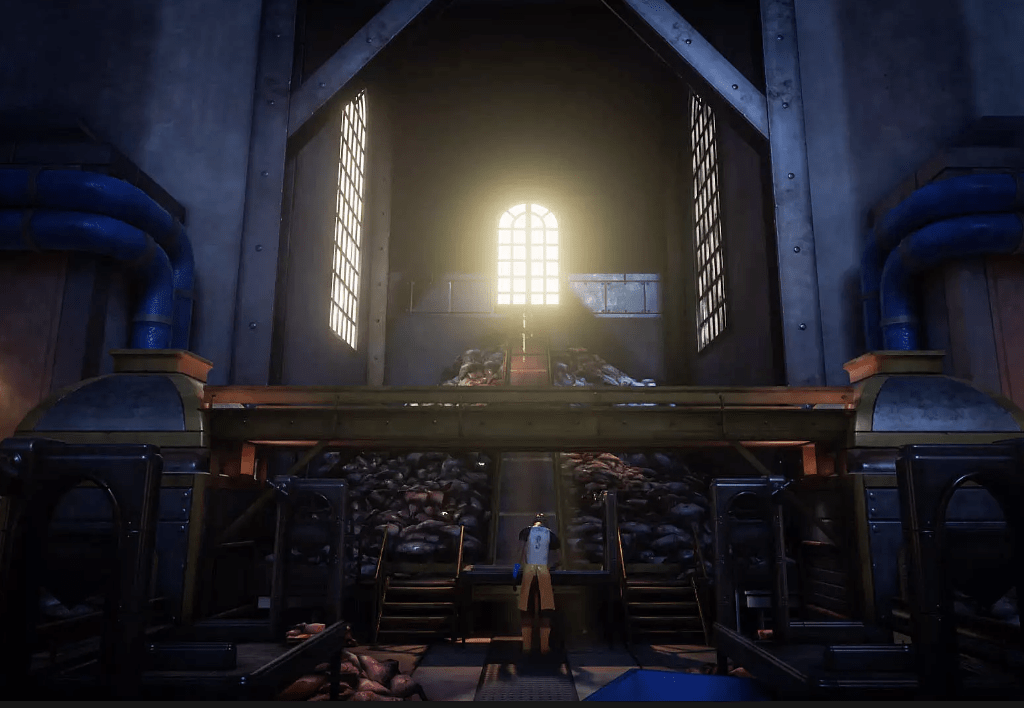Edith Finch literally became my favourite game as soon as I played it through my iOS. I could not stop thinking about Edith Finch for at least a week ever since I finished it. I talked to all my friends about it. It was so different from every other game that I had played before then. While I initially thought that it might be because I had never played a ‘walking simulator’ genre before, but even after playing the critically-acclaimed ‘That Dragon, Cancer’, What remains of Edith Finch still remains a very unique spot in my heart.
Developed by Giant Sparrow, designed by Ian Dallas, the game sees the world the wildly imaginative world built around the Finch family house, walking around as Edith Finch. The story unfolds in the past-tense, with lines in Edith’s diary appearing written on various parts of the environment as she walks around. You know you’re doing the right thing if the story progresses, and as is mentioned in the walking simulator reading, there are no punishing mechanisms that forces you to try again beyond a certain checkpoint.
Edith Finch is so rich with the narrative and sensation elements in terms of the formal elements of the aesthetics. I have never come across such a compelling narrative, which I believe is possible because the ‘sensations’ in this game are intertwined so masterfully with the ‘narrative.’ The players discover, through Edith’s eyes, how each member of her family died, in accordance with the myth that her family is ‘cursed.’ In the journey, the player becomes a cat, a bird, and parses through cartoons, and explores an entire development from a simple game prototype to 2D character, to 3D, while cutting fish heads. I will never forget the shivers that I got when it transitioned back from the fantasy land that Lewis created in his mind back to the cannery, looking at the glorious lights coming down from above amidst a pile of bloody tuna flesh as if it was salvation, that led to the palace stairs climbing which leads to the guillotine, probably the climax of this entire game. I believe the self-paced, ‘walking’ mechanics was crucial in fully showing the aesthetics, an in-depth and genuine understanding of someone in Lewis’ position. Given the sensitive nature of the topic covered, I would suggest that the target audience for this game is adults, or at least older teenagers and above.

Through this, walking is such a unique mechanic that enables the player to fully appreciate the sensation and the narrative of the world around them, in a way that is not possible in movies for example. I could admire the strange aesthetics of the Finch House, the stylistic differences of each stage / death. It also adds to the mystery, the active approach and agency in exploring the world built and makes the game way more enjoyable. If I could add one thing, I would add a few more actual choices that the player could make. The choices that I made during Lewis’ story seemed a little trivial. But still my favourite game, and just a minor thing.
Overall, Edith Finch changed the ways that I view games in a profound way. I plan to get into the gaming industry after Stanford, and this will be an important masterpiece in my heart, and I aspire to develop a world and narrative as beautiful as this.



